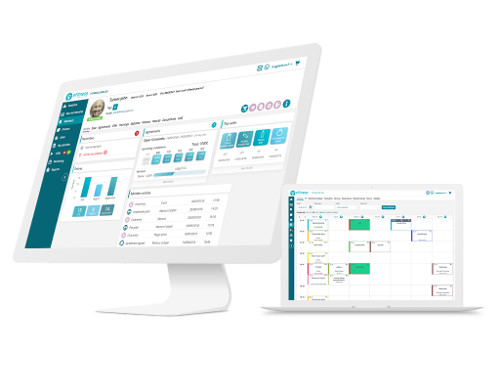I have previously shared my views on how I believe operators can gain maximum benefit from delivering effective Small Group Training, and loyalty reward programs. In this blog, I will aim to address how Health Club operators can capitalise on another key fitness trend – ‘Wearable Technology’.
When you hear people mention this term ‘Wearable Technology’, what exactly, is it they are referring to?
Well, according to a quick google search, any intelligent device which can be worn by a consumer to provide information related to health and fitness can fall into the Wearable Technology category.
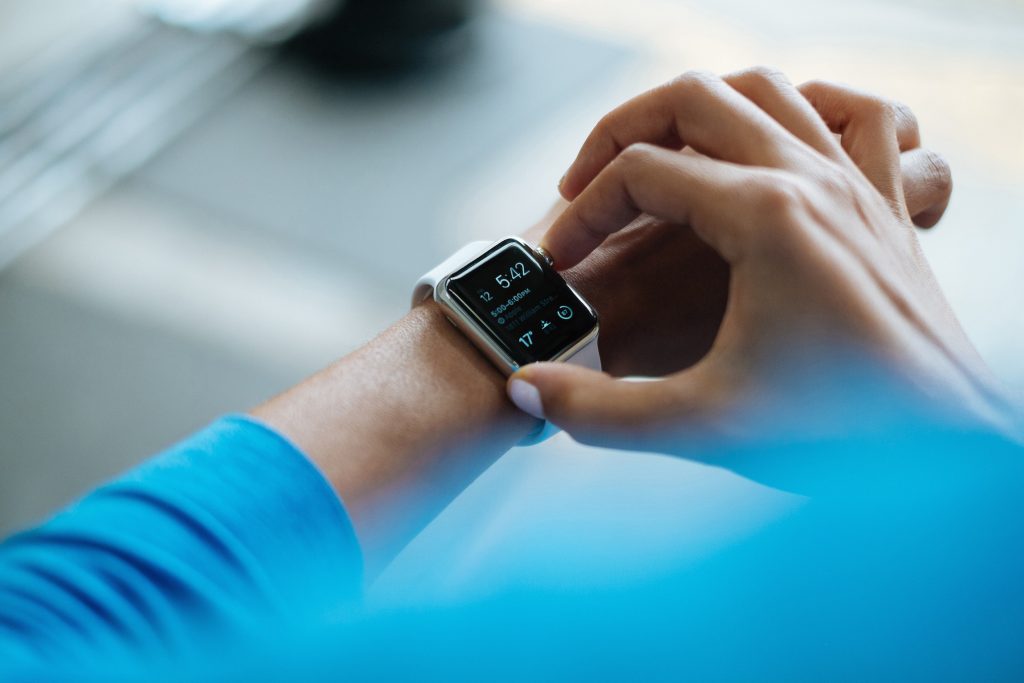
Heart rate monitors, smart-watches, GPS-tracking devices, and fitness trackers are the most commonly used ‘wearables’ in the health club environment.
These smart gadgets, as you may be aware, are capable of tracking heart rate, the number of calories burned in a workout session and even sleep time.
For the last five years, the concept of ‘wearable technology’ has taken the industry by storm – this year is no different.
The American College of Sport Medicine (ACSM) recently surveyed more than 2,000 health and fitness pros who predicted that wearable technology will once again be the main trend for 2019.
When we consider how fast technology evolves in terms of speed, accuracy and efficiency, it is no wonder that this trend continues to rise.
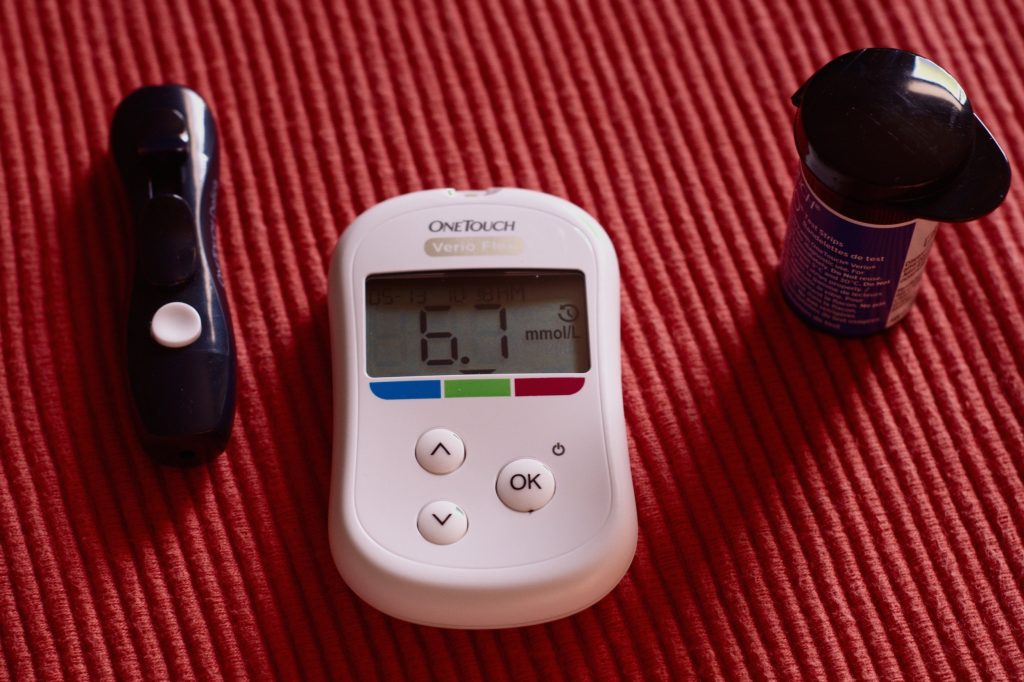
In fact, the emergence of wearable technology has not only disrupted the fitness industry, but it has now started to hold a position of great eminence in the healthcare industry as a whole.
Glucose monitors, diagnostic wearables, cardiac monitors and even wearable imaging devices are setting a precedent for the future of medical care.
So, as health club operators, surely it is only right that wearable technology is no longer ignored, but embraced with open arms, wrists, ears and pulses?
Here I will share my tips on how you as health club operators can maximise your wearable technology offering.
Know your members’ preferences
Before you start bringing any new wearable technology into your Health Club, it’s wise to get an idea of the types of technology your members are already using.
This will be worthwhile market research that will inevitably impact your decision when it comes to selecting which type of wearable technology you will support.
While conducting the market research, it is extremely important you ask the right questions. For instance, if you conduct a survey which reveals that 60% of your membership base is already using wearable technology, then this may present some advantages and some challenges.
While it’s good that your members will already be familiar with the concept of wearable technology, they may have already established and formed a habit in using their existing device, which means it’s unlikely they’ll take up a new device, or at the very least, there’ll be some early resistance.
Within your study, you should definitely gather details on your members’ habits with existing wearable technology.

Conversely, if 60% of your respondents revealed they are not using wearable technology, then you need to understand why this is. If it is because they are simply not interested in wearable technology, you may face many issues and objections if you were to launch wearable technology into your facility.
However, if the reason people aren’t using wearable technology currently is due to cost, or lack of education around how to use the technology correctly, then you may still benefit from bringing your own wearable technology to your facility – you’ll just need to ensure that it is affordable, and the support you provide alongside it is more than sufficient.

For any health club operator toying with the idea, I would strongly advise you collect information pertaining to the barriers members face and their current perceptions around using wearable technology.
Determining whether or not your members actually have a desire to learn more about how a device can help them achieve their goals will be key during this initial market research phase.
Master your own model
Once you’ve carried out the effective market research, you’ll then be in a position to decide which is the right device to offer your members – exactly how you do that though, can be done in a number of different ways.
Firstly, you can invest in a Wearable Technology brand, there are many Health Club specific systems which utilise heart rate monitors with wireless and cloud-based technology to accurately convey the data on TV Screens – these provide members with vital information in real-time.
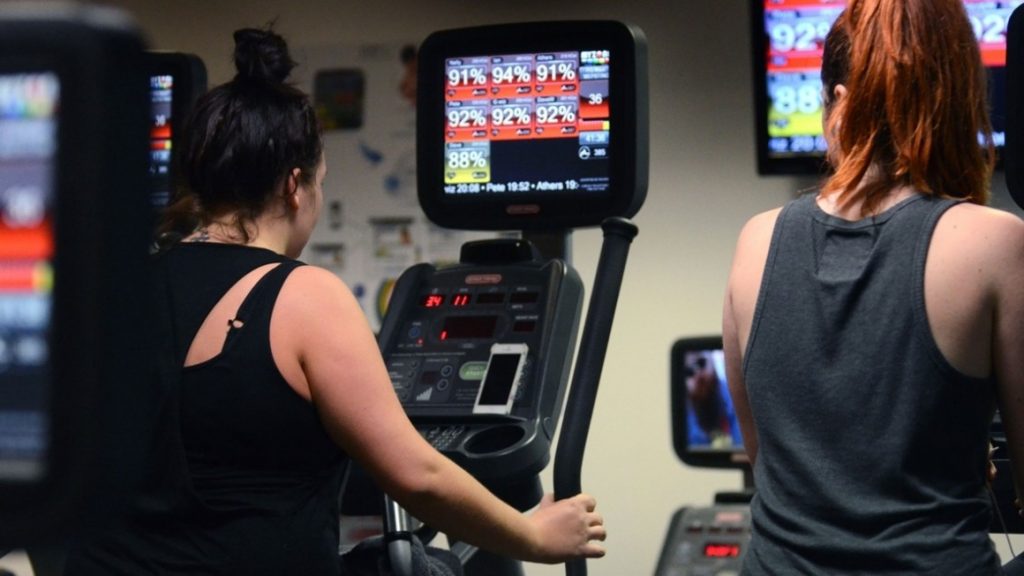
If you go along with one of these providers, you can sell the heart rate monitors at your reception to drive revenue or you can give the monitors away free as ‘demo belts’ for each class.
The first option may be more lucrative in terms of generating profit directly from the heart-rate monitors, and it will allow you to judge the return on investment from the belts very clearly.
With the second option, as there is no cost attached, you will get more people engaged with the device but you won’t make any money directly from units of heart-rate monitors sold. You may, however, benefit from the uplift in engagement.
If members can see their progress in real-time they may enjoy their customer experience more so ultimately option 2 will pay dividends in another capacity.
There are further drawbacks to handing out ‘demo belts’ though. When a member pays outright for a heart monitor, they own it and they can see their progress via an app. When a member uses a ‘demo belt’ they can only see their progress in that particular class and not via their own app, so although by offering demo belts you are giving your members a chance to have some engagement with it initially, you are then restricting any further engagement they can have with it.
An alternative pricing strategy model may be to split the price of the belt into monthly payments and create a ‘bolt-on’ membership package.
This would mean the member owns the heart rate monitor and can take all the advantages of the additional features which come with it, and because the cost of the belt has been split across twelve months it may also appear more financially manageable for your members.

Fundamentally, how you choose your model and pricing strategy will boil down to how much consumer demand there is.
Don’t be afraid to trial the prospective Wearable Technology across several clubs before implementing it across all your facilities. Upon carrying out a trial, you ought to collect further feedback from your members about how much they would expect to pay for the use of the Wearable Technology in question.
Integrate rather than implement
So, what if your initial market research revealed that your gym members are locked in a habitual cycle of using another certain piece of Wearable Technology?
Does that mean they are unlikely to want to use others? Quite possibly, and if that is the case it may be more advantageous for you to try and integrate with that popular ‘wearable’.
If for example, your market research revealed that 80% of your enthusiastic active members were using the FitBit, then developing an app which allows your members to continue using their FitBit may be a better solution, especially if the daily metrics they record within their FitBit are integrated seamlessly within your app.
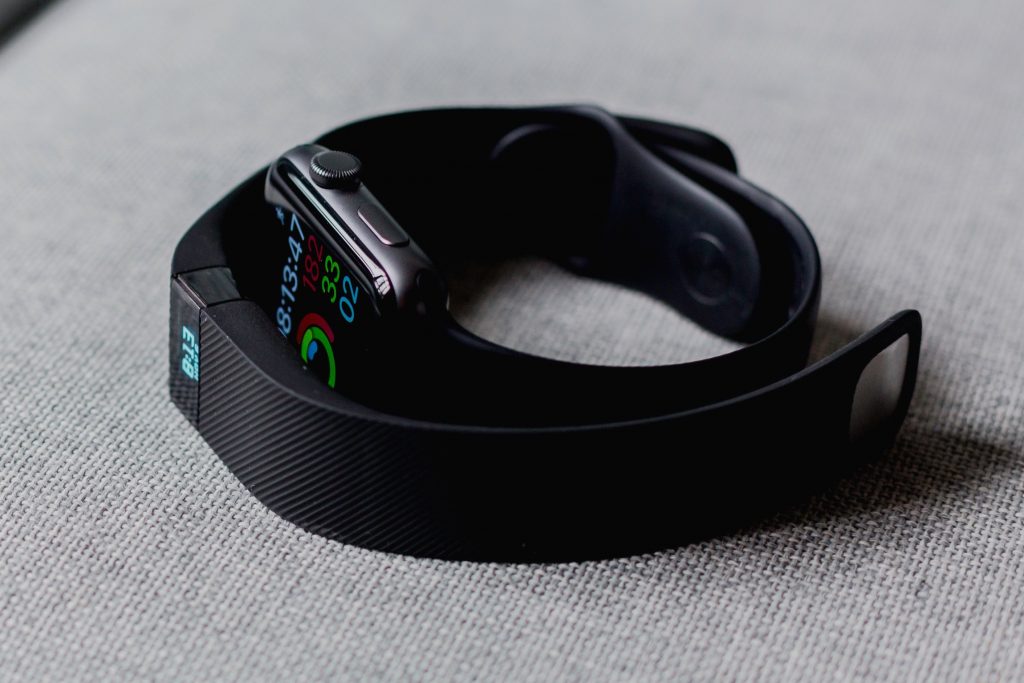
By integrating with popular applications, it will offer you amazing insight into your members’ fitness progress without you having to interfere with your members existing habits.
On a similar note, you can also aim to integrate your app with your fitness equipment in the gym to make the logging of exercise completely frictionless for your members. This will give you the additional advantage of being able to collect data on equipment usage.
If the costs of integrating seem too high, you could alternatively set up an affiliate website with the provider of Wearable Technology your members are most likely to use. Here, you could exclusively sell a partner’s heart-rate monitors and receive a commission on every item sold. The more you promote the website, the more profitable your affiliation is likely to be.
As with everything, marketing is key and that brings us nicely on to our next point…
Bring it to life with your brand
You can’t expect any new feature to be successful if it isn’t fully connected to the member experience.
If you launch things half-heartedly on your social media, or you only mention your Wearable Technology supplier every now and then when a member asks, you won’t get much member buy-in.
The association with your Wearable Technology provider needs to be crystal clear and for all to see. There should be marketing collateral all-around your gym at every appropriate customer touchpoint, the marketing should not be product-led but emotional-led, and it should make your audience aware of how monitoring results can lead to better results.
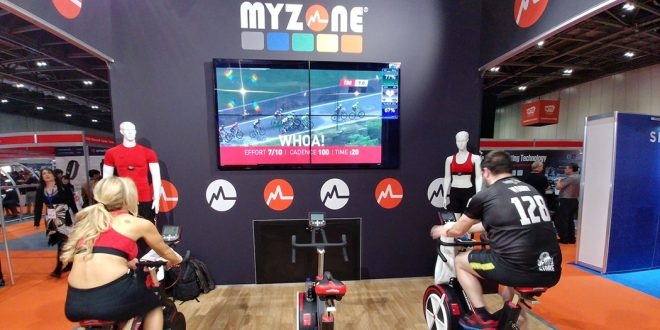
As per our recent blog on omni-channel marketing, your members’ online experience needs to be connected to their in the in-club experience.
So guess what? Your Wearable Technology should be referenced on your social media platforms regularly, it should be on the home-page of your website through results-based testimonials, it should be on your YouTube channel through ‘How To’ videos and member success stories and on your new member email welcome series informing members what the fuss is all about.
If you ask any member to close their eyes and think about something they associate with your Health Club facility, you should expect to hear something about your Wearable Technology offering.
If not, you’re not doing this properly and need to revise your marketing and customer experience strategy.
Personal Trainer buy-in
The customer experience strategy can be delivered much more effectively if all your staff truly believe in Wearable Technology and talk about it at every opportunity. Given the nature of their job roles, Personal Trainers play a monumental role in increasing the adoption of your Wearable Technology devices.
It is crucial that your Personal Trainers don’t see the Wearable device as a foe, after all, a PT may feel threatened by it because the device can report on health metrics and offer members some motivation. As a result, they may feel they are surplus to requirements – but that certainly shouldn’t be the case.
A Personal Trainer (PT) should be just as enthusiastic about a client’s progress as the client is themselves, as Wearable Technology is undoubtedly the best tool to evaluate performance and progress.

You will never see a doctor who is afraid of their stethoscope, so Wearable Technology should not be viewed as an enemy to a fitness professional.
Through Wearable Technology, a PT can analyse a clients nutrition habits and sleeping patterns, they can even use the Heart Rate data to understand their clients’ aerobic/anaerobic thresholds.
In analysing all this amazing health and fitness data effectively, a PT should be able to make their training programs much more tailored and individualised for their clients’ needs, and it should give them the impetus to make appropriate adjustments when needed.
They will then be able to accurately see the results of those training program modifications in real-time to validate their training methodology decisions.
Wearable technology can be a real game-changer for PT’s if they start using it correctly and stop viewing it as the enemy.
Big Data is the new oil
It’s not just the Personal Trainers who should be obsessed and fascinated by a members exercise records and nutrition logs.
This is astronomically insightful data that can help your whole business understand so much about your members and their training habits.
I recently wrote an article on how attendance frequency and dips in attendance can help predict future behaviour.
What if ‘exercise logging frequency’ and ‘dips in exercise logging’ is another way to forecast likely intentions?
What if ‘nutrition logging frequency’ and ‘dips in nutrition logging’ enables us to spot when someone is demotivated, even before they stop attending?
What can we make of data showing that a member has been in a caloric surplus for three weeks or more, even though their goal is fat-loss? Could this be the first sign that they are struggling with their diet?

Of course, I’m only speculating what this data may mean, but based on what we know already – it doesn’t sound too preposterous, does it?
If I reverse this and continue with my assumptions, it may well be that those who log their exercise and nutrition the most are really happy and are likely to refer more friends to join your Health Club.
It may be that out of all those who are looking to lose body fat, those who have recorded a caloric deficit each day are the most likely to achieve results and what’s more, if they are more committed to their health and fitness journey, they may be more inclined to invest in secondary items?
As I say, this is mere postulation. To determine the true major patterns and trends pertinent to your health club, it’s down to you.
It will involve the crunching of all this big exercise data, it then must be cross-referenced against your other existing membership data. This exercise, as worthwhile as it may be, will only be possible with Machine Learning and Artificial Intelligence.
Final word on wearables…
For me, Wearable Technology is what you make of it. If you understand the wants and needs of your members, and you have established that there is a demand for it, then it’s important to lead with the correct model that will work for you- this may be an integrative approach, or you may launch a new partner brand, (or even your own) into your facility.
Whatever model you choose, it should be at the heart of your business values and featured heavily within your marketing. Such messaging should be embodied and personified by the fitness professionals within your club.
Alongside Personal Trainers, analysts within your organisation must also utilise the data effectively to prompt actionable insight so future decisions can be made.
Do you want to witness how eFitness can help club operators leverage Machine Learning and AI, so you can see more data related to your members’ behaviour? Organise a software presentation today.
Go to www.efitness.com to book a free software demo.

